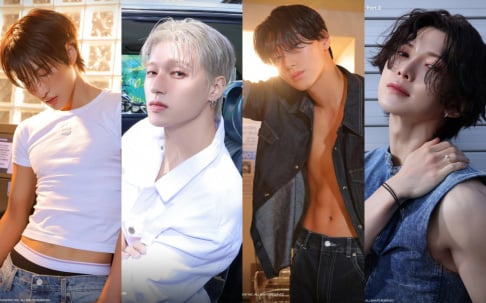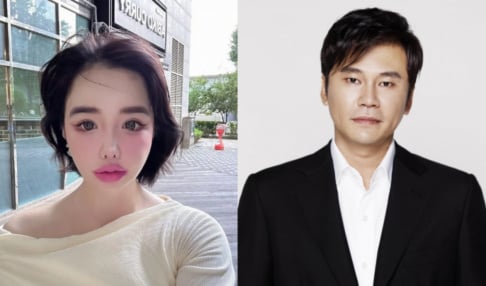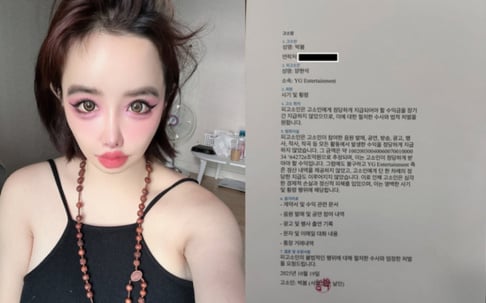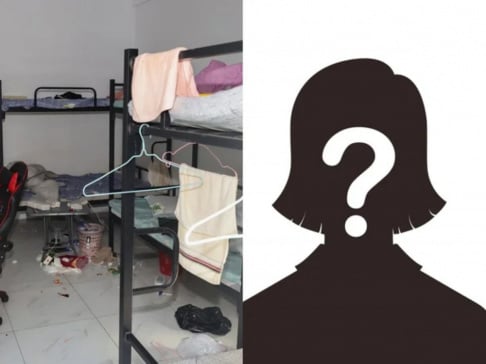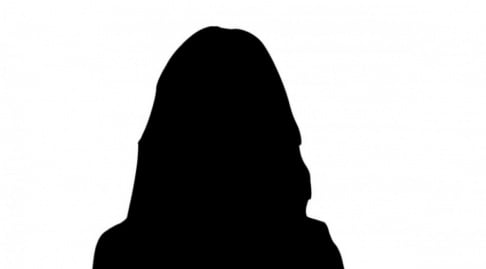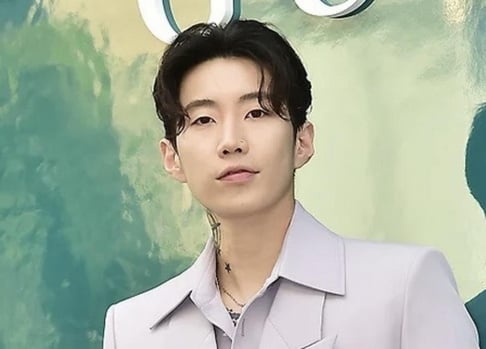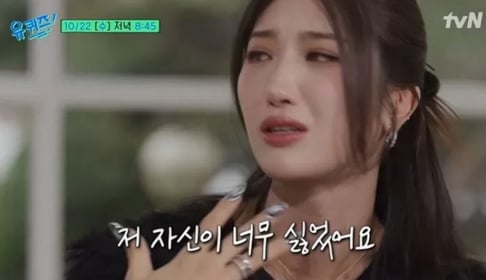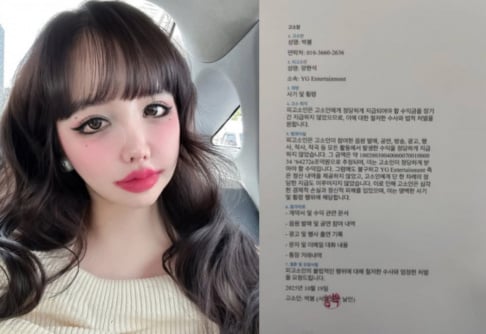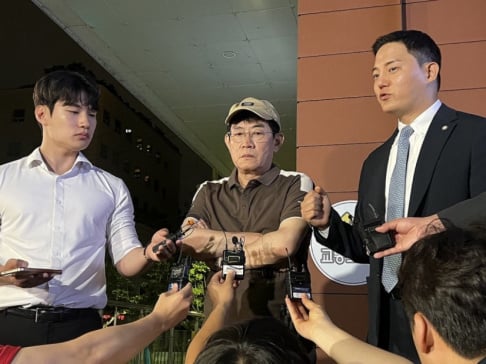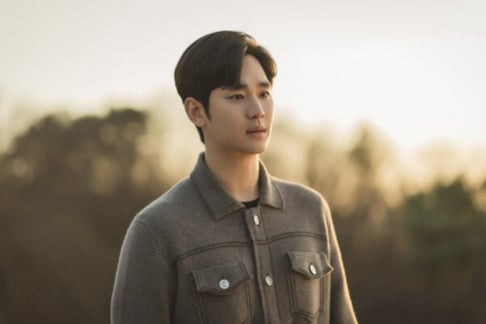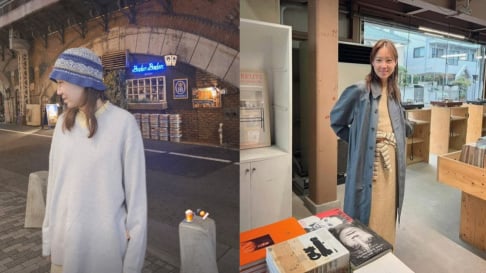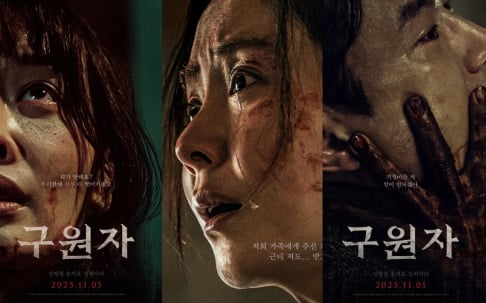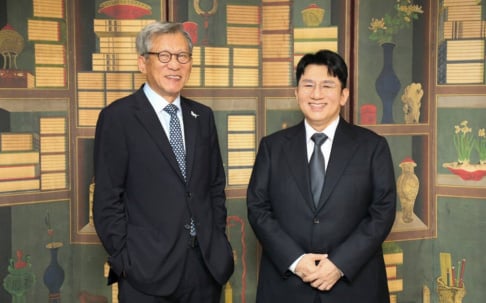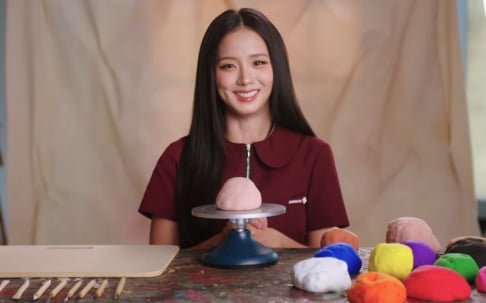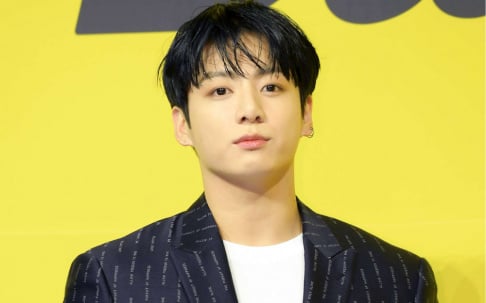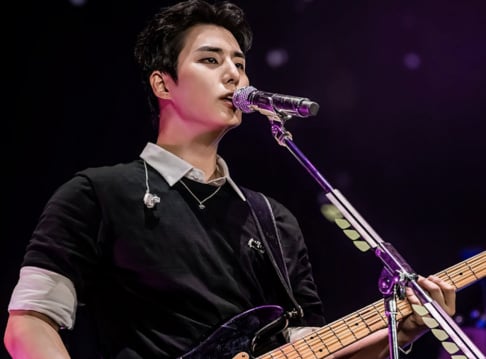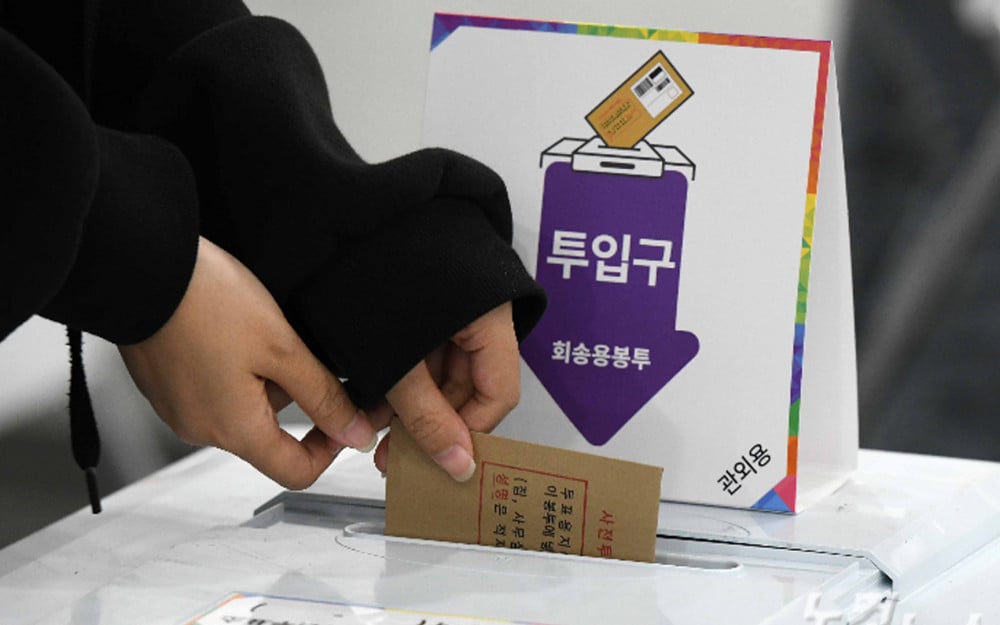
The final voter turnout for South Korea's 21st presidential election was recorded at 79.4%, marking the highest figure since the 15th presidential election in 1997, which saw a turnout of 80.7%.
According to the National Election Commission, on June 3, out of 44,391,871 eligible voters, 35,240,916 participated in the election.
This turnout is 2.3 percentage points higher than the 77.1% turnout in the 20th presidential election and 2.2 percentage points higher than the 77.2% turnout in the 19th presidential election. It is the second-highest in the past 28 years, following the 1997 election.
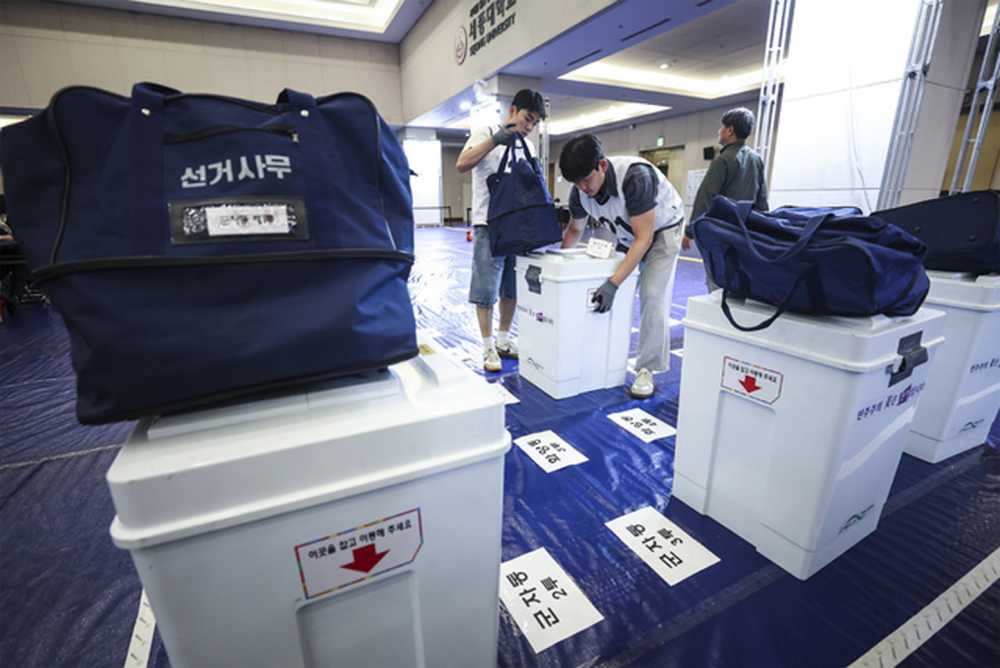
While the early voting rate for the 21st election (34.74%) was 2.19 percentage points lower than that of the 20th election (36.93%), it appears this was offset by strong turnout on the main voting day. Preliminary data shows that 15,710,727 people voted early on May 29–30, while 19,530,189 participated on the official voting day, June 3.
By region, Gwangju (83.9%), South Jeolla (Jeonnam, 83.6%), Sejong (83.1%), and North Jeolla (Jeonbuk, 82.5%) recorded turnout rates higher than the national average. In contrast, Jeju had the lowest turnout at 74.6%, followed by South Chungcheong (Chungnam, 76.0%), North Chungcheong (Chungbuk, 77.3%), Gangwon (77.6%), and Incheon (77.7%).
The highest turnout among all basic local governments was in Sunchang, North Jeolla Province, where 20,930 out of 24,184 eligible voters cast ballots, resulting in an 86.5% turnout.
 SHARE
SHARE
